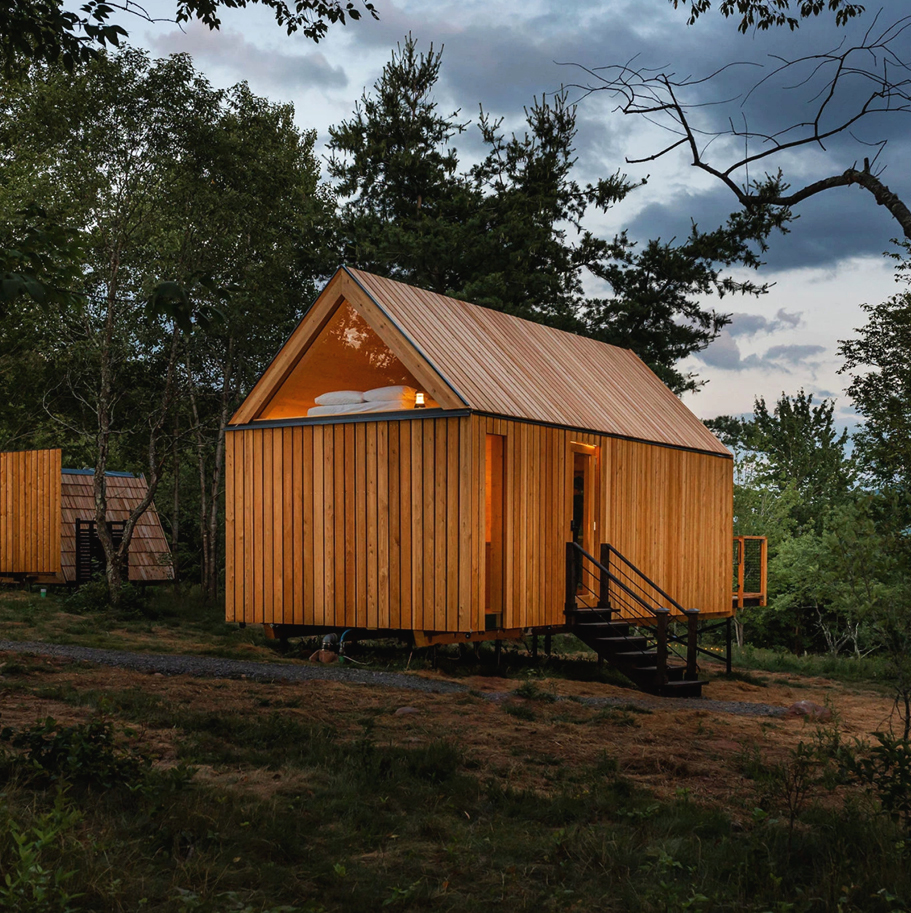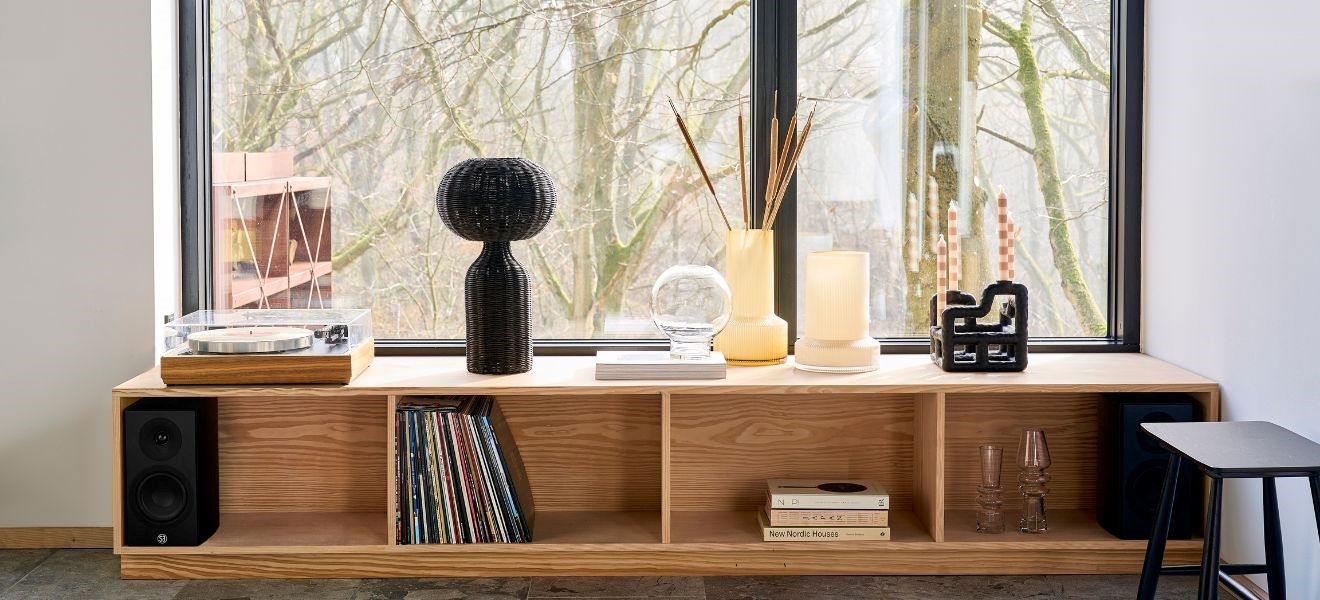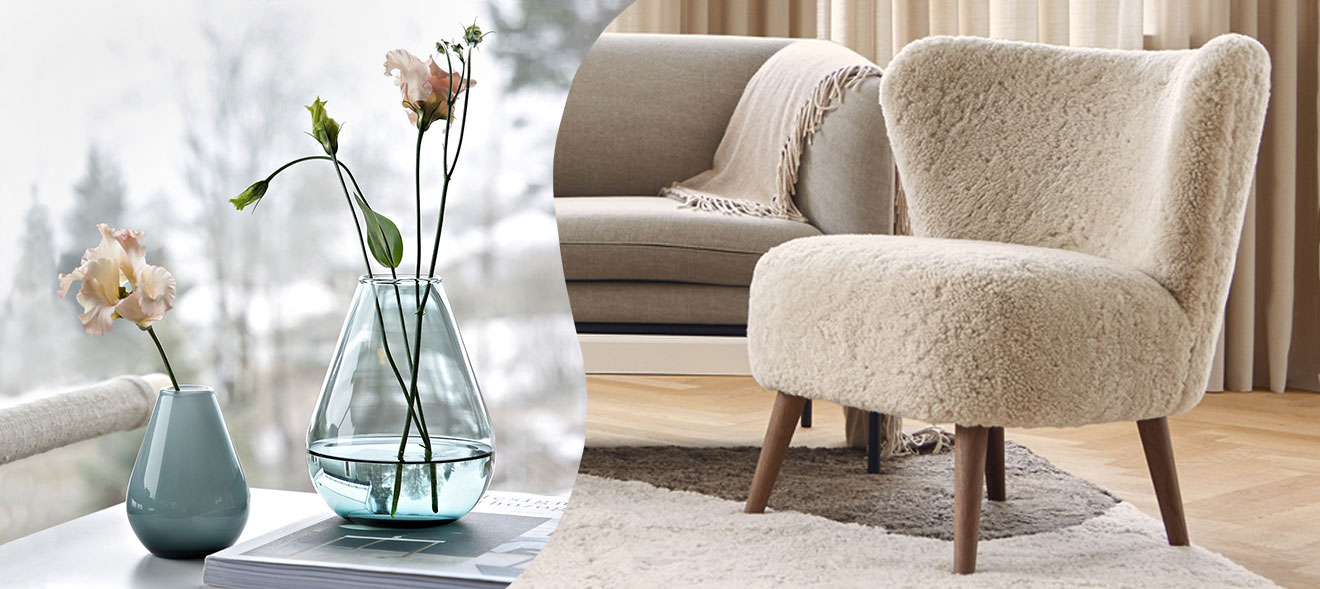Natural living is currently top of the wish list for our society. Decorative items and furniture made from wood, horn, leather and the like are becoming increasingly popular. They bring warmth, atmosphere and harmony into the home. Not only is nature the perfect designer – from delicate tree silhouettes to the organic curves of pebbles – it also makes us happy. Looking to the future, we may well see urban living losing a bit of its appeal.
Natural decoration is now part of every interior, whether modern or rustic. A cow hide can look just as perfect on a concrete floor as it does in an alpine hut; an artistic table cut from knotty roots fits equally well in a Bauhaus bungalow or country house. What’s striking right now is the way many natural materials are processed: wood is no longer always sanded down, nor are stones highly polished. Cotton isn’t spun as finely. Everything can stay true to itself, raw and unrefined: a bit like real life. Authenticity gives us the sense of security and protection we need more than ever these days. Natural living also provides a positive emotional backdrop to our everyday existence.
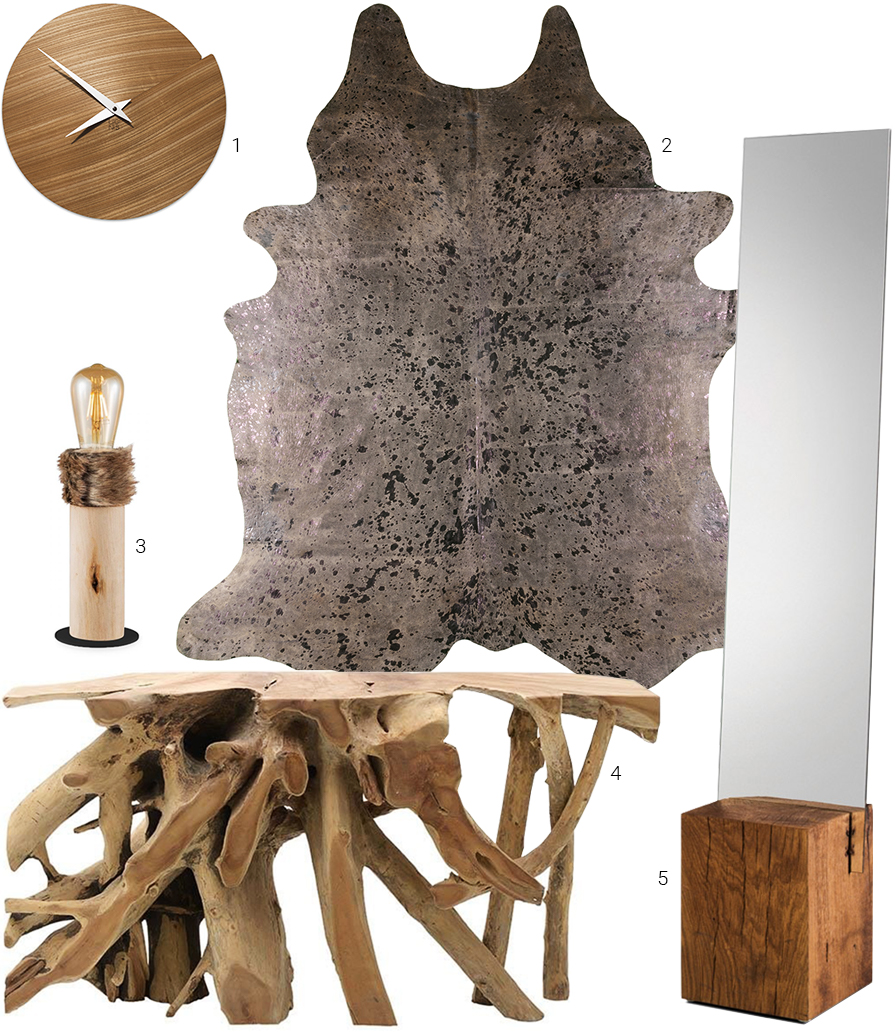
Natural living: diving into the woods
You may well have smiled when you first came across the hashtag #forestbathing or saw pictures of people hugging trees. But taking a ‘bath in a forest’ is the way many Japanese people refer to walking in the woods – and it’s genuinely a great form of self-care. Many Japanese people believe in the healing effect of forests and see ‘shinrin-yoku’ as a means of managing stress. Japanese researchers have been looking into this since the 1980s. A walk in the woods acts as a mood-enhancing form of aromatherapy as phytoncides (organic substances produced by trees and plants) boost our immune systems when we breathe them in. Clearly, the longing of city dwellers for nature knows no bounds, so it’s no wonder that websites and Instagram accounts like cabinporn.com are steadily gaining in popularity. This site shows nothing but pictures of isolated cabins with spectacular architecture, standing alone in their natural surroundings. The real estate sector, too, is reflecting our desire for natural living with the demand for homes in rural settings increasing by 50 percent over the past year. No wonder! As people are increasingly working from home, they no longer need to live so close to the office. Home is where the Wi-Fi is. This changed working world is certainly stimulating demand for country living, and we can see city life being called into question more and more in future. Until then, we can surround ourselves with natural deco such as the root-based lamp by Light & Living, the woody agave stem used by Uccelino as a candle mould, or the cupboard by Kare Design featuring woodcuts of natural scenes.

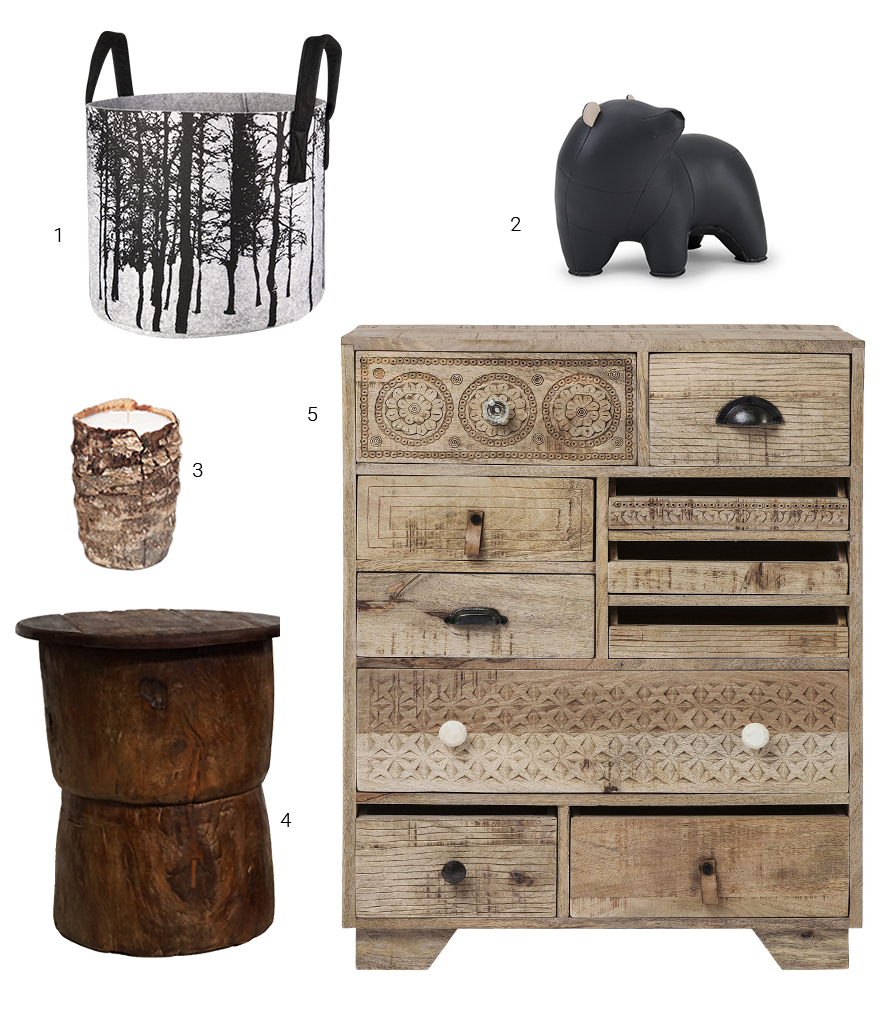
Natural decoration and sustainable accessories
Natural living also means having an eye for detail – for instance, using a comb made from horn rather than plastic. Or a sustainably produced wool pullover, wool felted soap or handmade linen bag. These aren’t just timeless companions: they revive neglected craft traditions into the bargain. Latvian designer Ilze Lebus runs her fashion label Leingrau from Berlin and ‘felts’ the linen she uses according to a traditional technique. She combines cool, natural linen with wool fibres to achieve a unique texture that makes her clothes and accessories seem almost poetic. LGNDR makes document folders from saddle leather tanned in the traditional way – with plant extracts. A scrub soap bar, handmade by The MUNIO with charcoal and poppy seed radiates real, natural quality. The Victorinox knife with wooden handle is another special sort of natural treasure.

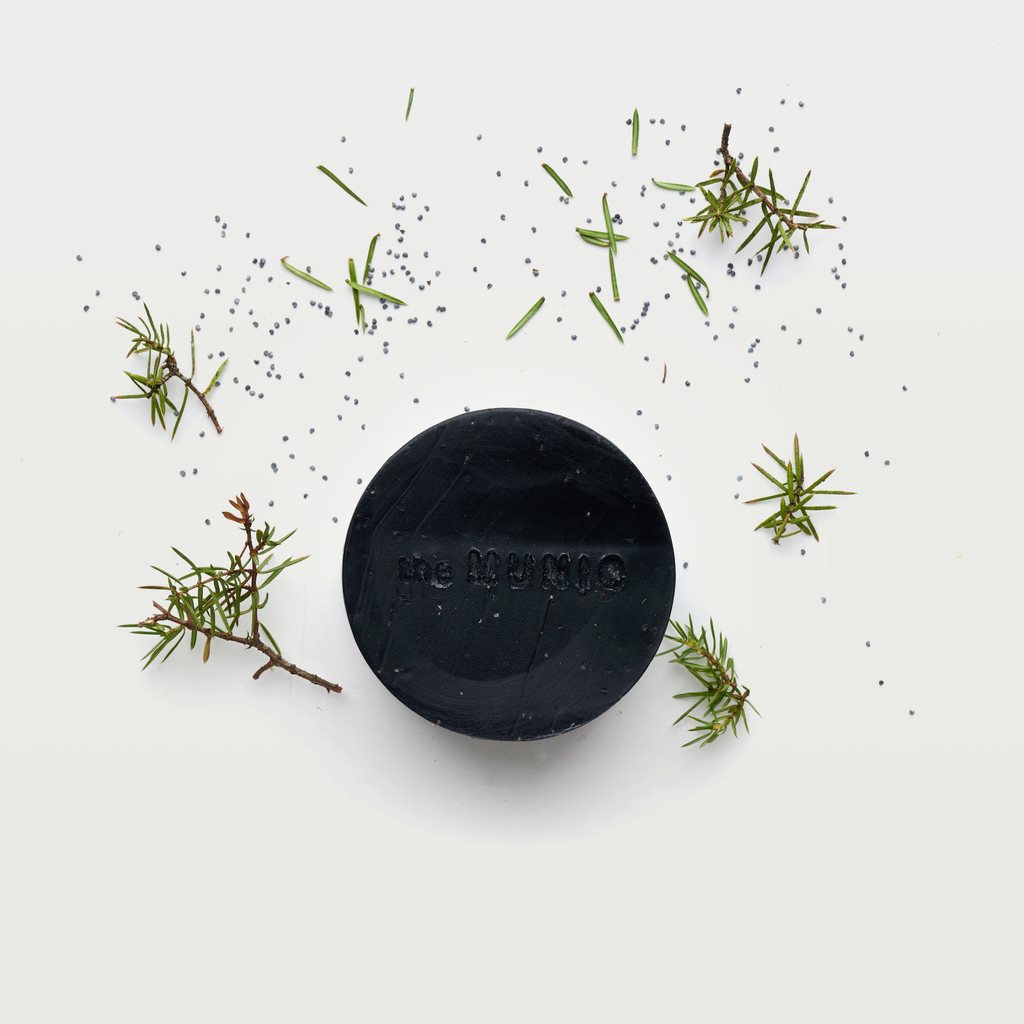
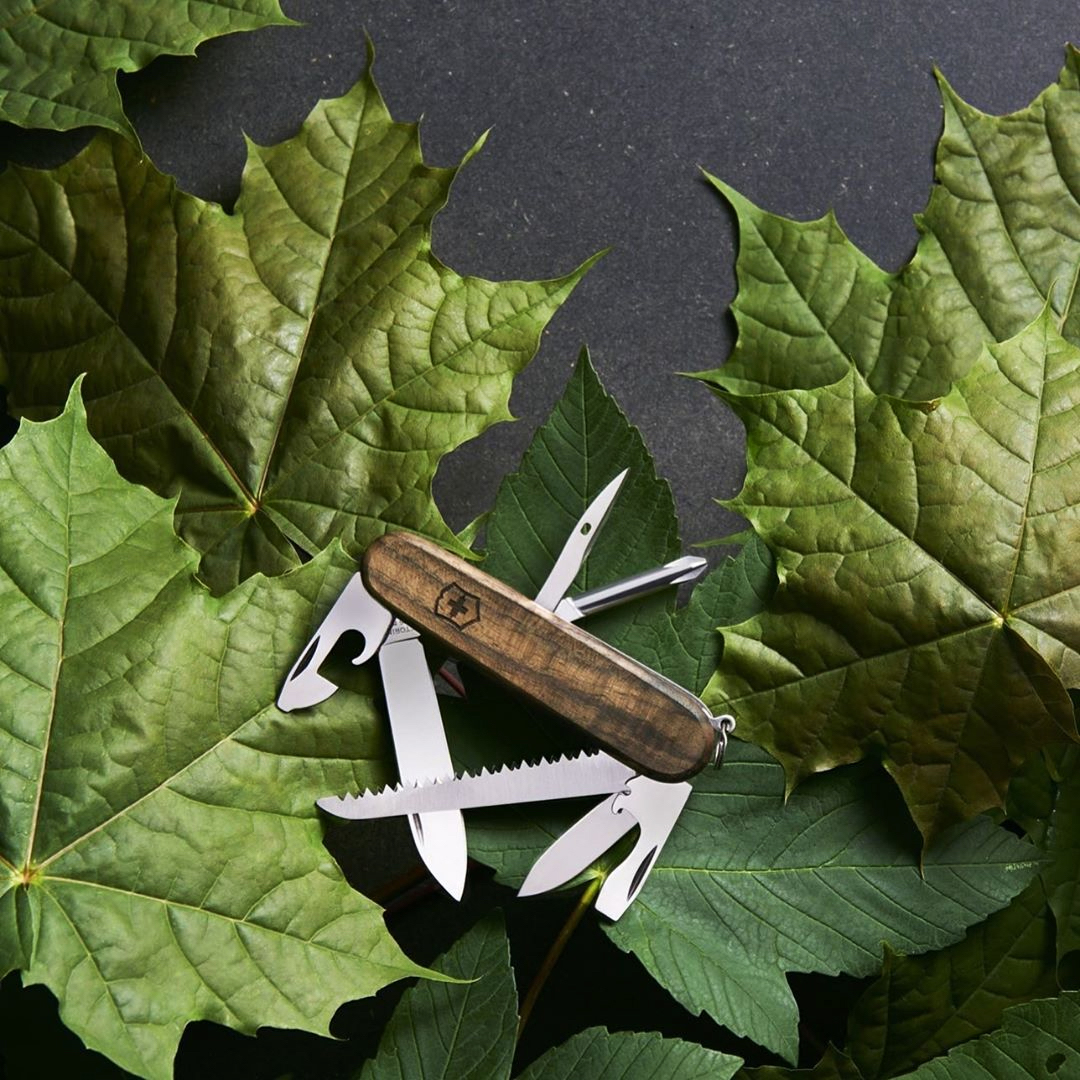

Natural living cooks up a storm
The importance of a healthy diet is high up on today’s lifestyle agenda. Good ingredients, local or regional products and quality organic produce are a must – not just in refined gourmet circles. The current trend towards natural cooking is resulting in a whole new way of preparing dishes. If you go to the trouble of making your own organic loaves, you’re going to want to store them in lovely linen, not in a plastic bag. Items in tune with nature bring a hint of harmony and a feelgood factor, be they aprons, dishes or salt and pepper shakers. And kitchen design using natural, rustic materials can still have a strikingly modern impact. This can be seen to great effect at the Alpine complex Puradies in the Austrian resort of Leogang. The sweep of the bar, which a local carpenter made for the hotel from 16,000 blocks of oak, forms a futuristic lounge environment when teamed with modern furniture and natural decorations. Speaking of bar: in the Täljsten soapstone cooler, the drink reaches the ideal temperature after a few minutes.

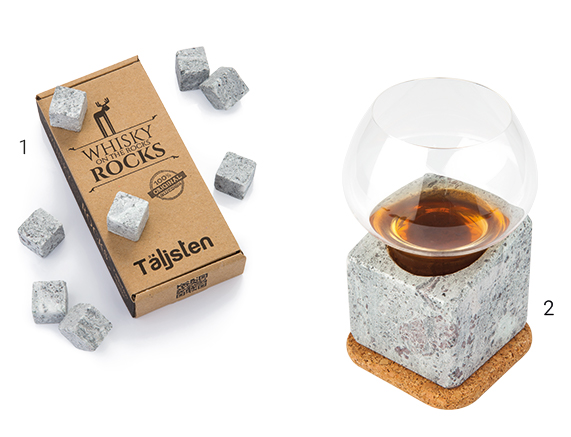
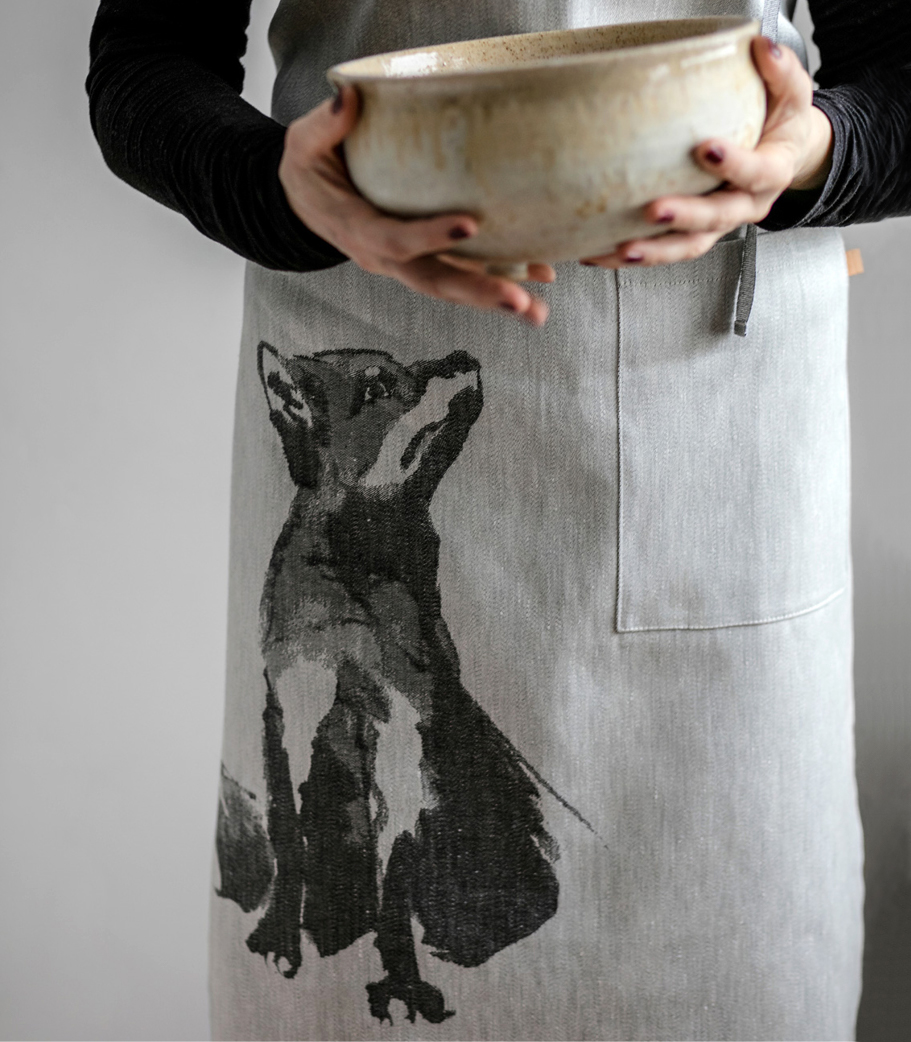
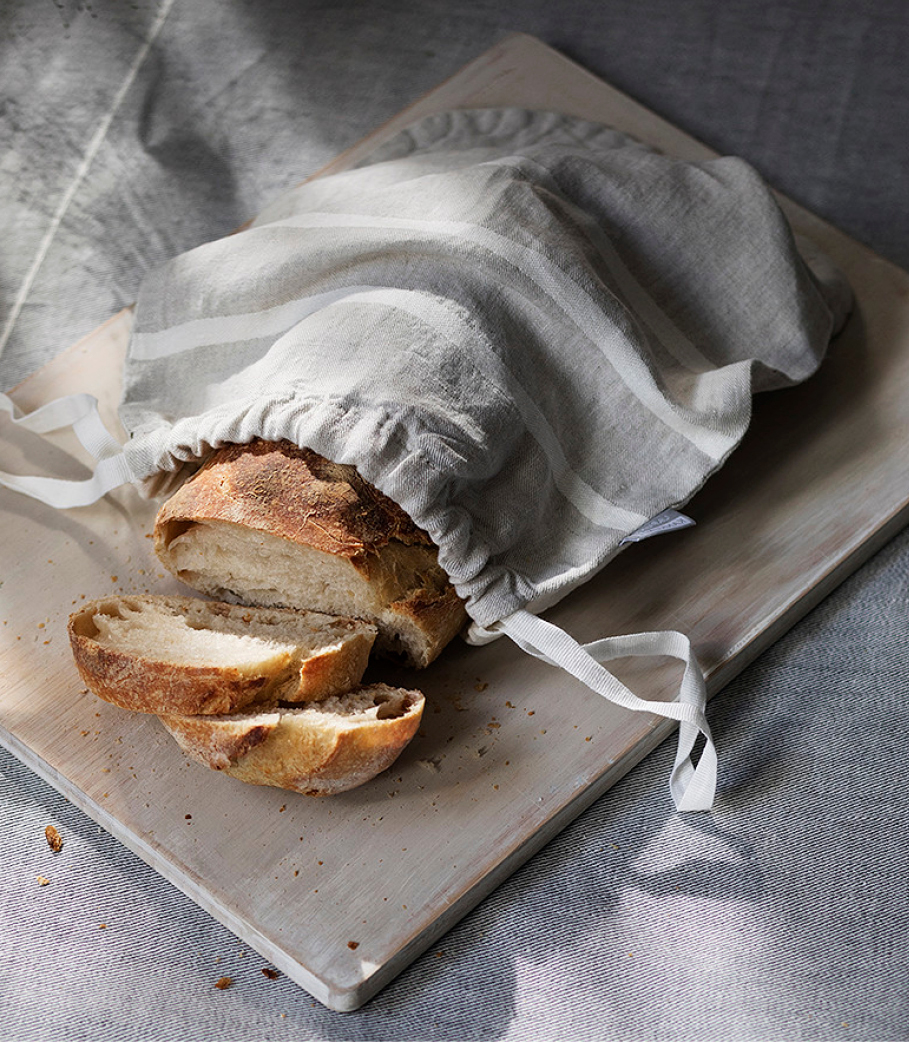


New York in the country: the Catskills
Many New Yorkers head into the Catskill Mountains at weekends, a rugged northern US region with wild forests and waterfalls. It’s not unusual to come across black bears and venomous snakes on the small footpaths here, so it’s not advisable to go without a guide. But it’s precisely in such pristine forests that the keenest of city dwellers can be found, discovering how happy this breathtaking natural environment can make them. Many of the lodges and huts here are every bit as sought-after as a Manhattan rooftop bar. Yet these are not fully orchestrated temples to design – they are true refuges where people can breathe and gather their strength. Take the lovingly curated Brushland Eating House. A few years ago, Sara und Sohail Zandi, a young married couple from Brooklyn, discovered this house standing empty in the Catskills. Their dream of a restaurant with guest rooms has now become reality. The couple cook traditional soul food from regional, sustainable ingredients. The local farmers love it just as much as the tourists, tired and hungry from the trail. It’s not that time stands still here, more a question of ‘why mess up a good thing’?


